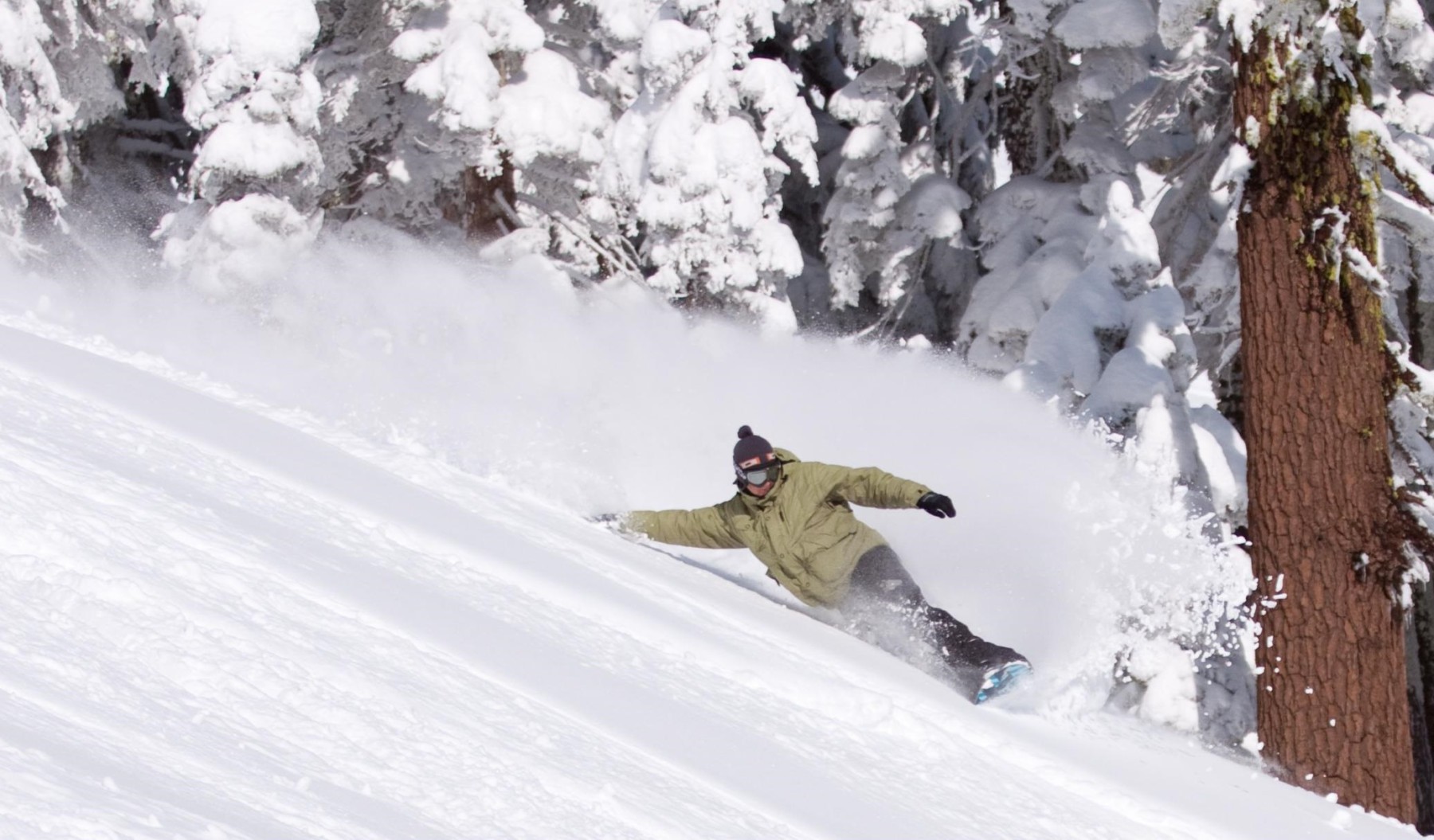If you are like most serious snowboarders, you know that regular and thorough maintenance is a key element in enjoying the activity. In fact, proper maintenance is almost second nature given how important it is. Not only does it serve to the longevity of your board, but it will also save you some money from having to replace it. There are a few ways to keep proper maintenance of your snowboard, the two most prominent being waxing your board and sharpening the edges.
Waxing
Waxing your snowboard is very useful as it can help you glide better and travel faster in the snow. There are many benefits to waxing your board which include being able to hit the features of the park much closer thus needing less runway. Some of the other benefits are, protecting your snowboard from getting dry and wearing out quickly, and it will be harder for your board to get stuck on a flat terrain. When you’re getting ready to wax your snowboard, you want to start out by getting some eco-friendly wax as well as a metal wax scraper. You will want to scrape the old wax completely off the base, but be careful and try not to cut the board. Then you can turn on your iron; you don’t want it to be too hot though, just hot enough to melt the wax. When you have the iron hot enough, hold the wax against it and let it drip onto the board’s base. Then you can spread it evenly using the iron. You will want to perform this on your board every three trips because wax tends to wear out after a couple days.
Sharpening the Edges
Wear and tear on your snowboard’s edges is a completely normal occurrence. One way to see how your edges are doing is by gently rubbing your thumb along each edge, and if they feel dull or blurred, then it is time to sharpen them. Now there are a few ways to sharpen your board, you can take it to a shop and have a professional do it, you can use a machine to sharpen it, or you can sharpen it yourself. If you plan to sharpen it yourself, you are going to need a proper snowboard sharpening tool which usually has a built-in guide allowing you to maintain the right angle. You should start with the base and by applying little pressure, move the tool along the board from the nose to the tail. After you’ve done the both of the base edges, you’re going to want to switch your tool around so that it is in the side edge position. Depending on the tool you are using, you will be able to set the exact angle that it intersects on the corner. You should look closely for any sticking points because those may be a sign of a burr on the edge, so make you go over these a few times until it’s a smooth run. Once you’ve completed these task, run your nail across the edges, and you will know that they’re sharp because they will scrape small bits of your nail.
